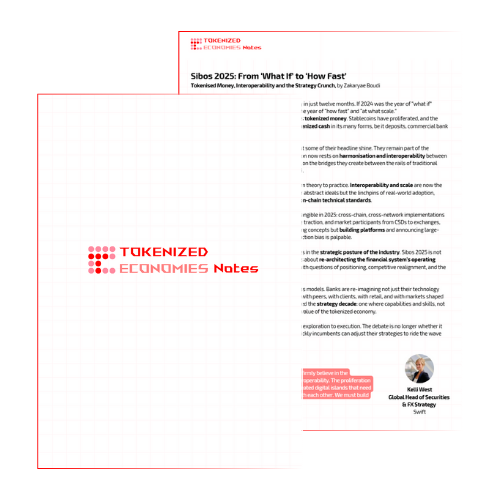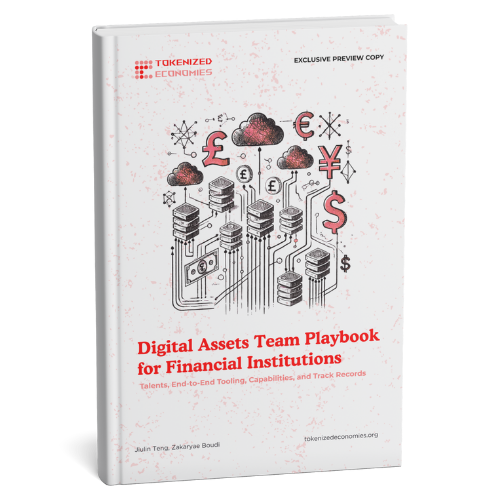Towards a B-Method Framework for Smart Contract Verification: The Case of ACTUS Financial Contracts

Building Safe-by-Design Finance: Formal Verification for Tokenized Contracts
As blockchain-based finance matures, security is no longer optional—it is mission critical. Tokenization may bring transparency, speed, and programmability to financial instruments, but one vulnerability in a smart contract can erase all those gains.
In our latest contribution to the CRiSIS 2023 tutorial series, FeverTokens introduces a new framework for formal verification of financial smart contracts, grounded in both the ACTUS standard and the B-Method—a proven formal specification language from the world of safety-critical systems.
The goal: enable secure-by-design development of tokenized financial contracts with the same rigor used in aerospace, railway, and other high-stakes industries.
The Problem: Smart Contracts Are Too Risky to Rely on Intuition
Smart contracts promise automation and precision. But when used in complex financial environments, their deterministic behavior must be guaranteed—not assumed. Code audits alone cannot scale to cover the intricacies of real-world financial logic.
Errors in cash flow calculations, maturity triggers, or event-based state transitions can lead to systemic failures or irreversible fund losses. This is especially true when contracts must be updated over time to reflect regulatory changes, new functionalities, or evolving user needs.
That’s where formal methods come in—mathematical tools for proving that a smart contract behaves exactly as specified.
The ACTUS Standard Meets the B-Method
ACTUS (Algorithmic Contract Types Unified Standards) provides a comprehensive framework for defining financial instruments in terms of their cash flows, state transitions, and contractual events. It structures contracts as data-driven, algorithmically defined models.
FeverTokens’ research takes this a step further by translating these models into B-Method constructs—defining state variables, contract events, payoff functions, and lifecycle behaviors with mathematical precision.
This allows for:
- Complete traceability of how contracts evolve over time
- Automated proofs of correctness for each behavior under all possible inputs
- A foundation for certified code generation from models to Solidity smart contracts
The result is a blueprint for tokenized financial contracts that are provably secure—no matter how complex their logic.
Built on a Scalable Smart Contract Framework
Formal methods are powerful—but they are not enough on their own. They must be embedded into a scalable development environment.
FeverTokens’ Package-Oriented Smart Contract Framework complements this work by providing a modular structure for building and managing smart contracts. Based on the Diamond Standard (EIP-2535), the framework allows developers to:
- Break contracts into upgradable components
- Align packages with financial standards like ACTUS or ISDA CDM
- Integrate formal verification into CI/CD workflows
- Maintain both public and private package registries
When combined with the B-Method verification pipeline, this approach provides not only secure contracts but maintainable, auditable, and adaptable ones—crucial for financial institutions that must evolve within regulated environments.
From Models to Real Markets
The tutorial showcases how ACTUS-based contracts like bullet loans or amortizing debt instruments can be modeled, verified, and executed with precision. Smart contract logic is captured in modules such as contract_main, contract_head, env, and utility, with lifecycle behavior handled through state machines and proof-supported operations.
The ambition is not academic. The authors propose extending this methodology to bond and swap instruments, and to build tooling that enables automatic translation from formal models to Solidity bytecode—ensuring a seamless path from proof to production.
Toward Certified Finance Infrastructure
As financial systems shift toward tokenization, the need for formal security guarantees will only grow. Regulators, custodians, and institutional investors require not just working systems—but verifiable ones.
The work presented by FeverTokens lays a foundation for a new generation of tokenized financial infrastructure, where every logic path can be tested, verified, and trusted before deployment. It is a step toward true safe-by-design finance.





